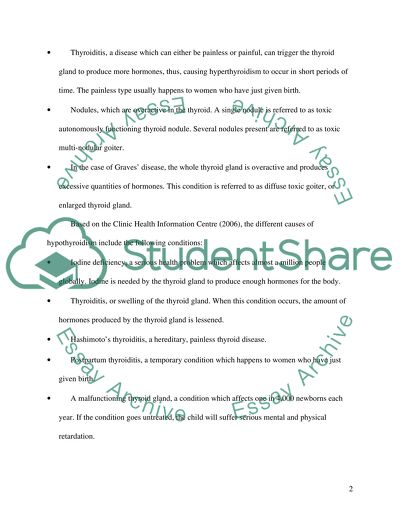Cite this document
(“The Signs and Symptoms of Hypothyroidism Research Paper”, n.d.)
The Signs and Symptoms of Hypothyroidism Research Paper. Retrieved from https://studentshare.org/health-sciences-medicine/1536781-essay-on-the-biochemical-assessment-of-a-named-disease
The Signs and Symptoms of Hypothyroidism Research Paper. Retrieved from https://studentshare.org/health-sciences-medicine/1536781-essay-on-the-biochemical-assessment-of-a-named-disease
(The Signs and Symptoms of Hypothyroidism Research Paper)
The Signs and Symptoms of Hypothyroidism Research Paper. https://studentshare.org/health-sciences-medicine/1536781-essay-on-the-biochemical-assessment-of-a-named-disease.
The Signs and Symptoms of Hypothyroidism Research Paper. https://studentshare.org/health-sciences-medicine/1536781-essay-on-the-biochemical-assessment-of-a-named-disease.
“The Signs and Symptoms of Hypothyroidism Research Paper”, n.d. https://studentshare.org/health-sciences-medicine/1536781-essay-on-the-biochemical-assessment-of-a-named-disease.


